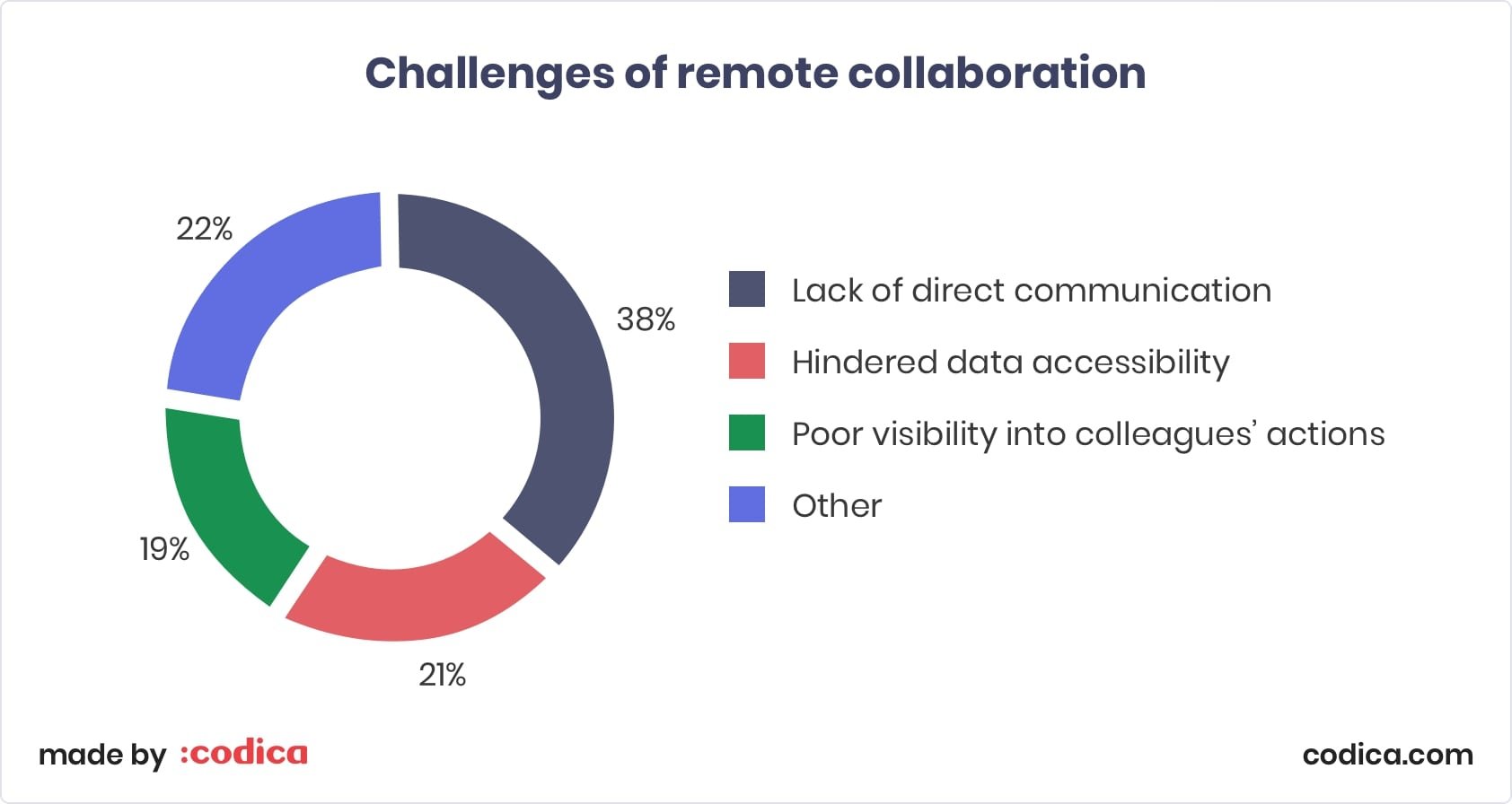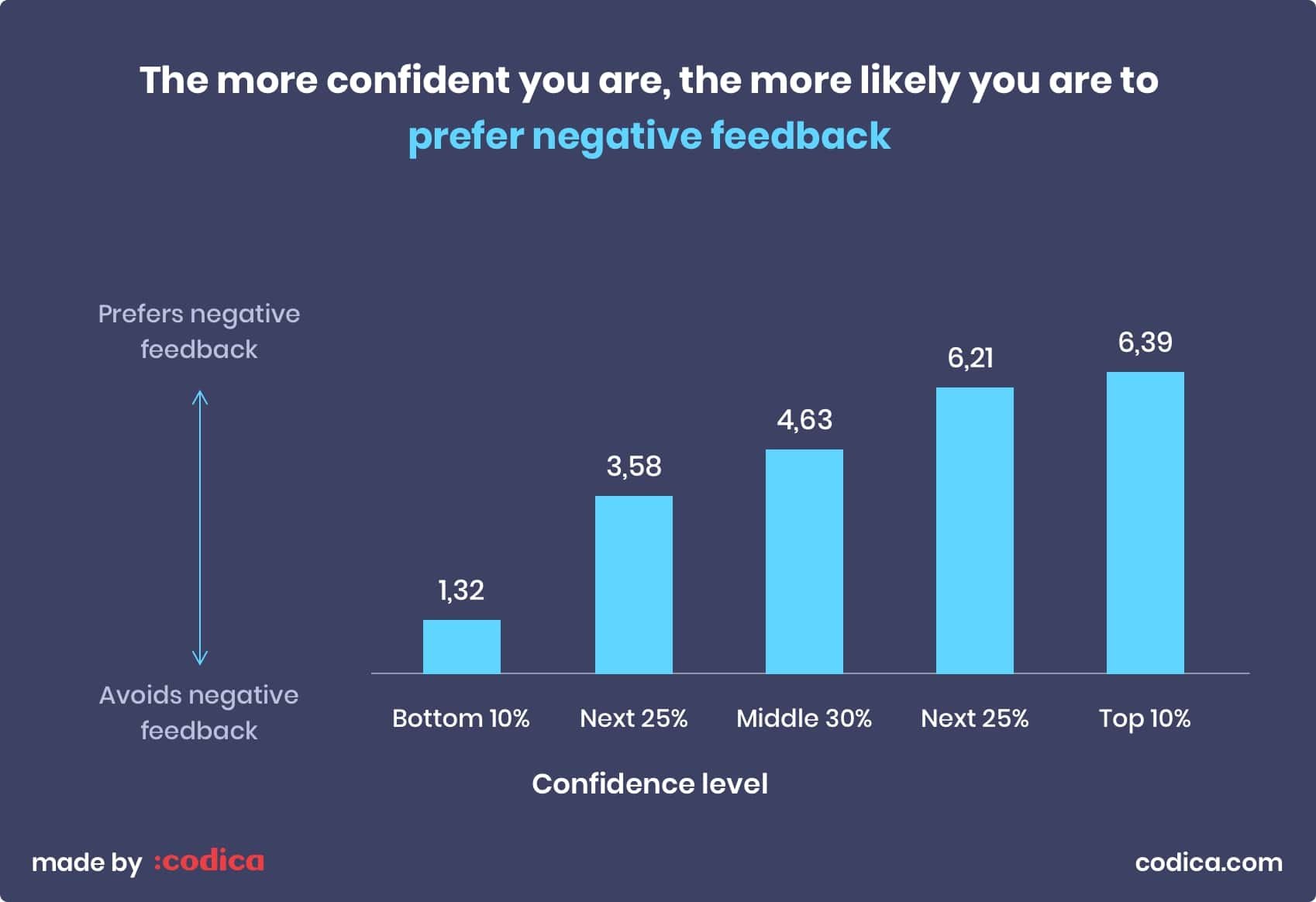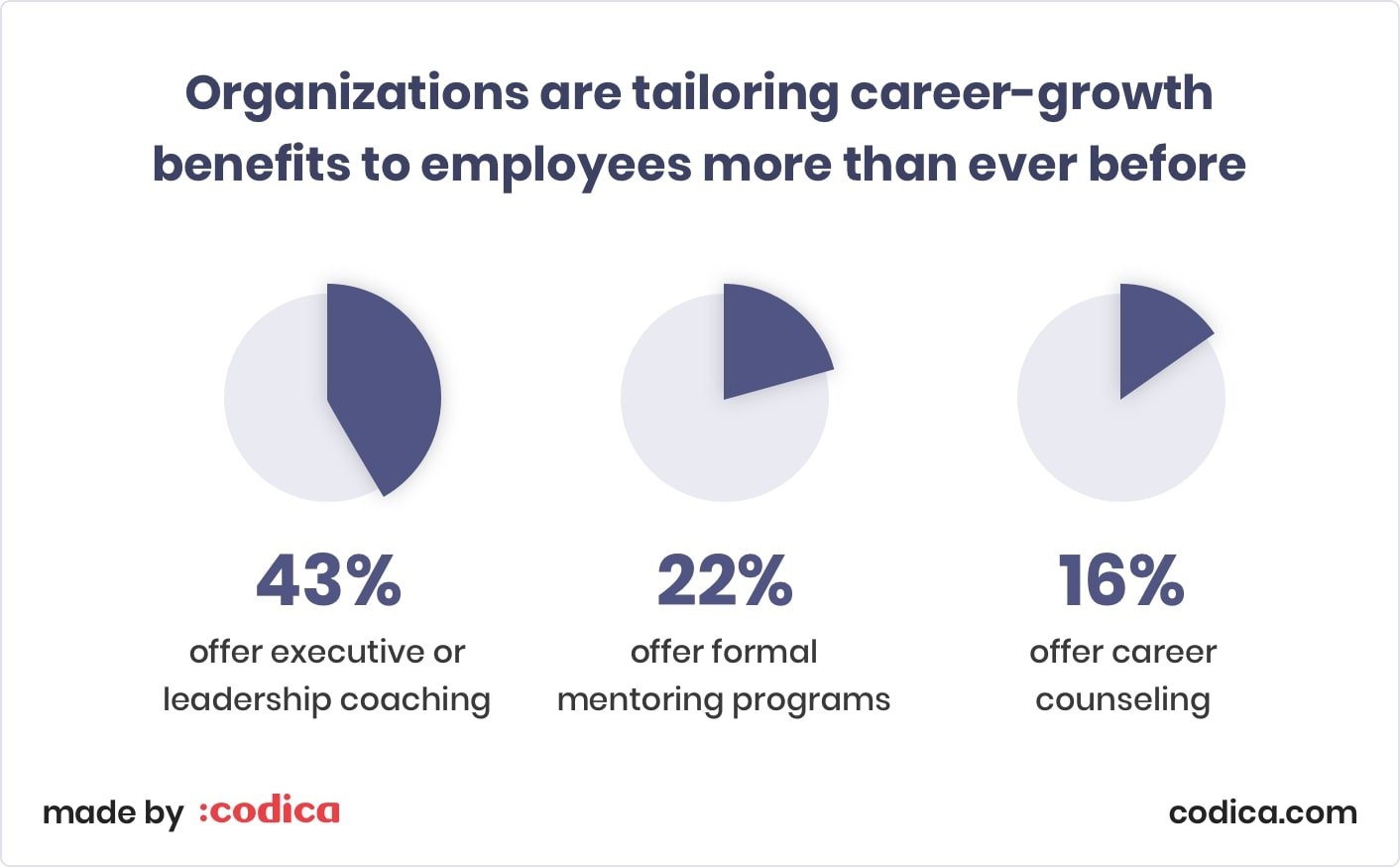George Bernard Shaw once said that “the single biggest problem in communication is the illusion that it has taken place”.
This is particularly true for remote team management. Communication gets tricky when you don’t have the opportunity to meet your team in person and discuss work-related issues face to face.
In this article, you will find out what initiatives you can take to enhance the communication process with your remote software development team. These tips will help you close the gap between your employees working both onsite and remotely.
Why communication is important
Efficient communication is the key to any project success. Teams where all members effectively communicate with each other complete their tasks quicker.
At the same time, the lack of communication often leads to misunderstandings and conflicts between group members. Besides, without feedback from teammates, employees fail to understand their trouble areas and what they can do to become more productive.
You may think that effective communication is impossible when all team members are spread over the world. It is partially true because it is much more complicated to achieve enhanced collaboration with the remote team. For example, you can face issues related to the time difference, and others.
NN Road, a global HR team, conducted a study where they defined the following challenges of remote collaboration:

Besides, all employers with distributed or remote teams know about so-called “out of sight, out of mind” syndrome. They admit that it may be difficult to keep contact with the employees working remotely.
All these challenges are pretty common. Even the biggest companies like IBM face them.
However, it is not that bad. In fact, things look optimistic since there is a solution to each of these problems.
At Codica, we work 100% remotely, and of course we know the most widespread issues related to remote team management. Since our team was named one of top software development companies in Eastern Europe, we have found solutions to all these issues, and we would like to share our experience with you.
So what can you do to enhance collaboration with your software development team?
Related reading: How to Set up Working Process of a Remote Team
Share your project vision and key message with your team
Discuss your project vision and its core message with your team
Make sure that all members understand a project idea in the same way, as it is the key to efficient collaboration. The same objectives unite employees better than team building activities.
Find a purpose
The driving force behind your shared vision is the purpose. You need a reason to keep moving forward. With a strong purpose in mind, you are totally focused on achieving your goal. Make sure that it is meaningful, both for you and your team. Thanks to this approach, your efforts will be rewarded.
Think big
Richard Branson once said that if your dreams didn’t scare you, they were too small. The same rule applies to your project vision. When it is big and challenging, it inspires other people. Your vision should bring out the best in your teammates, awaken the desire to win against all the challenges.
In this case, success will bring the greatest satisfaction to all team members.
Provide regular feedback
According to the statistics, more than 75% of employees understand the importance of constructive feedback. It is indeed a powerful tool for improving staff performance.
Giving feedback to remote employees can be a challenging task. The lack of constant communication affects both parties negatively. Luckily, the solution is obvious: a fixed schedule for regular meetings with each team member.
Use video conferencing tools
Today, the Internet offers various collaboration tools. Video conferencing tools come in especially handy when giving feedback. They make up for the lack of personal contact and help build rapport. Choosing one of the many reasonable zoom plans will help your team succeed virtually.
Recommended reading: Working Remotely: Key Online Collaboration Tools for Great Results
Be honest with your employees
Honesty is the best policy. Stay honest with your employees pointing out their strong and weak sides. Discuss their role in the company. When the staff knows your expectations, they will work hard to meet them.
Encourage your team towards open communication
You have probably heard that feedback is a two-way street. Open the door to the responses from your virtual team. Ask about their goals and expectations. Define obstacles preventing them from being productive. You will see that such transparency helps create an atmosphere of trust in your workplace.
Animate project discussion
Encourage your team members to share their opinion on the project. You don’t have to worry that they don’t see its day-to-day development. Remote staff catches the overall picture of company goals and objectives. Therefore, they can bring fresh ideas to the table.
Make it easy for employees to ask questions if they need to clarify some details. The clear understanding of the assigned tasks leaves no room for mistakes within the project.
You may also like: 5 Powerful Tips to Become a Successful Project Manager
Be ready to give negative feedback
Remember that even negative feedback is important for your employees. It helps them grow professionally and make a valuable contribution to the common goal.
Speaking about negative feedback. As it was stated in Harvard Business Review, the desire to get negative feedback grows with the level of confidence.
This interconnection can be presented schematically in the following way:

Appreciate your team
Pay special attention to the hard work and achievements of your team. Make the contribution of each member a high value. Mutual respect and understanding help create a trusting and friendly atmosphere in the workplace.
You can express your gratitude in a number of ways.
Send a personal appreciation letter
A few warm words from you will inspire the employees to grow professionally.
Share the success of your employees with the rest of your team
Send a message to the company chat. Encourage other workers to congratulate their colleagues and keep going.
Respect their private time
The care for your remote software development team doesn’t have to be limited to words of encouragement or small presents. It is also the respect for their private time. Who wants to get work-related messages on a day-off? No one. So, it is better to keep boundaries. Your team will appreciate this and will work on strengthening your partnership.
Pay attention to the professional growth of your team members
The report by Gallup shows that 87% of millennials say that career growth and development is important for them. That is an impressive figure, isn’t it?
Therefore, it is not surprising that more and more companies invest in the professional development of their staff. The recent findings of Forbes only prove this fact.

Why not follow their example? It is always a good idea to fund a conference or courses that your employees can attend to improve their competence.
As you may see, there are a lot of options. The most important thing there is sincerity. Regardless of the way of expressing gratitude, make sure that this initiative comes from your heart. This way, remote employees will feel truly appreciated.
Conclusion
Efficient communication with a virtual team is akin to art. However, anyone can easily master it. We believe that our tips will be of good assistance. Eventually, you will find your own ways to enhance communication with your remote software development team.
At Codica, we work 100% remotely, and have created our own guidelines and strategies. These help us successfully deliver great web products for customers from all over the world, and result in strong and trusted relationships.
If you wonder how our approach helps our team in successful collaboration with the customers, take a look at Codica’s case studies.
